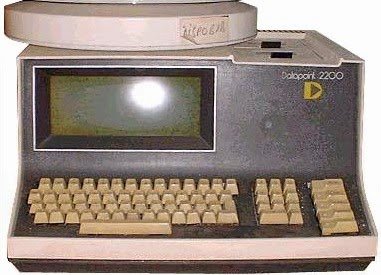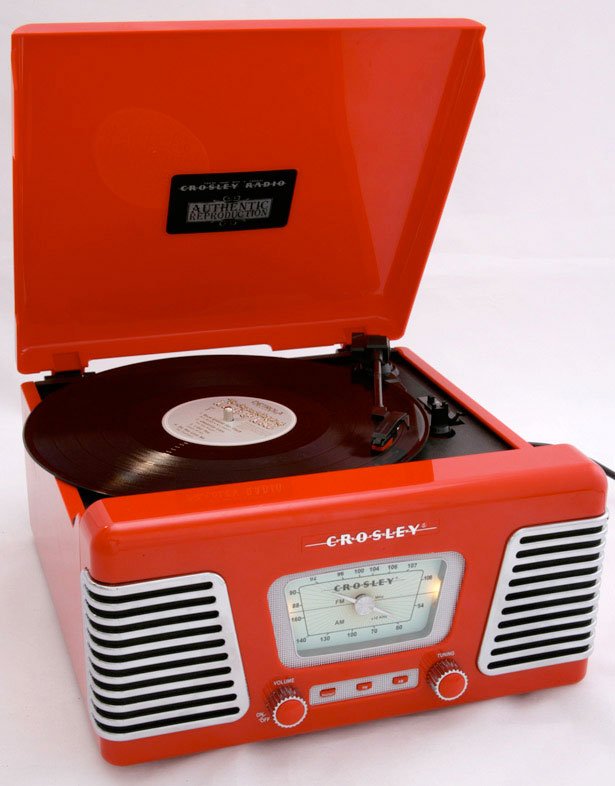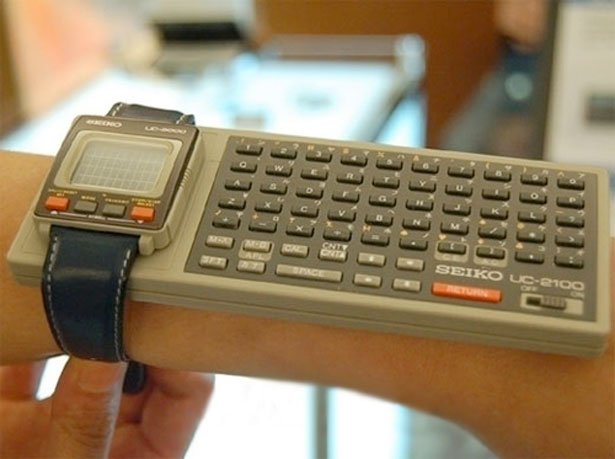Tech Report: A Walk Down Memory Lane, Forgotten Devices of the Past (Part 3)

Technology has advanced many times over and devices of the past often times have no place in the awareness of younger generations. It is my goal in this series to enlighten some and take others back to their youth with a bit of commentary on old gadgets!
Imagine only being able to write a letter to a friend and having to wait for days for it to be received and days more for it to be responded to. Imagine being confined to live music alone and needing to hunt down musicians to get your fix! Many of the technologies I will discuss in this article played a vital role in inspiring similar devices we use today.
The telegraph and turntable both transformed into the magical devices they have been replaced with. In many cases just a single device, a smartphone.
Of course some devices are confined to the past as humanity has found other ways to accomplish the tasks they were originally designed for. Perhaps imagination is truly our greatest strength as a species. We are dreamers with an ability often times to manifest objects and devices that before were confined to wild minds.
Who knows what the future holds and what we may invent going forward? Will we create a sort of Star Trek based utopia outlined in the movies and tv series or does the future hold something darker for us? Only time will tell... But enough of the rant eh?
Let me unveil today's magnificent gadgets of the past!


Image Source: WebDesignerDepot

Few people still alive on this planet know anything at all about the mysterious gadget, a relic of the past known as 'the telegraph.'
In fact, it was the great grandpa to telex and fax machines. Used by shipping operators and for military uses, the telegraph required a skilled operator to transmit and receive messages.
But what was it exactly?
Telegraphy (from Greek: τῆλε têle, "at a distance" and γράφειν gráphein, "to write") is the long-distance transmission of textual or symbolic (as opposed to verbal or audio) messages without the physical exchange of an object bearing the message. Thus semaphore is a method of telegraphy, whereas pigeon post is not.
So if I'm getting this right, it means to write at a distance and to clarify further its to transmit communication over long distances... This aligns with my past knowledge of this gadget which if I remember correctly I had the opportunity to see in a museum in San Francisco when I was younger... But such an abstract concept must surely be explored further right?
So how exactly did it work?
Telegraphy requires that the method used for encoding the message be known to both sender and receiver. Many methods are designed according to the limits of the signalling medium used. The use of smoke signals, beacons, reflected light signals, and flag semaphore signals are early examples.
Through the combination of the Telegraph machine and Morse Code human beings now had an instant way to transmit messages from one side of their country to another! Nowadays we just send a text message or an email but humour me if you will... Imagine being out of touch with your loved ones and suddenly a technology comes along and puts them right at your fingertips! No pigeons, no horseback delivery but an instant message carried through the wires to another operator, a wait and then a reply all in the same day! Magnificent right?
An electrical telegraph was independently developed and patented in the United States in 1837 by Samuel Morse. His assistant, Alfred Vail, developed the Morse code signalling alphabet with Morse. The first telegram in the United States was sent by Morse on 11 January 1838, across two miles (3 km) of wire at Speedwell Ironworks near Morristown, New Jersey, although it was only later, in 1844, that he sent the message "WHAT HATH GOD WROUGHT" from the Capitol in Washington to the old Mt. Clare Depot in Baltimore.
From then on, commercial telegraphy took off in America with lines linking all the major metropolitan centres on the East Coast within the next decade. The overland telegraph connected the west coast of the continent to the east coast by 24 October 1861, bringing an end to the Pony Express.
After word got out, lines were put up all across the USA and the rest of the world followed their lead. One thing is for certain, without this device, the technological world as we know it would never have been the same!
Now lets move onto another epic device of the past... For the DJs out there, I'm sure they'd certainly agree there's a big difference between a record player and a turntable!



The phonograph gave rise to the turntable, a remarkable device capable of bringing the joy of music into households across the world!
Most historians agree that with the introduction of the modern LP and the 7-inch 45-rpm disc, in 1948 and 1949, respectively, the modern turntable came into its own.
Sales of record players got a further boost when mass production of stereo albums began in 1958. In the ‘60s and ‘70s, the affordability of turntables—both stand-alone and console varieties—made the device a fixture in most homes. Not even the emergence of cassette tapes could defeat the magnificent turntable as it remained as the centerpiece of the typical audio system.
Record players are still in use in DJ booths, recording studios, and radio stations all over the world.
A direct-drive turntable is one of the three main phonograph designs currently being produced. The other styles are the belt-drive turntable and the idler-wheel type. Each name is based upon the type of coupling used between the platter of the turntable and the motor.
Direct-drive turntables are currently the most popular phonographs, due to their widespread use for turntablism in DJ culture.[1][2] Panasonic's Technics series were the first direct-drive turntables,[3][4] and remain the most popular series of turntables.[1][2]
Its true that there was never a greater threat to the demand for turntables than the introduction of the compact disc and compact disc players in the 1980s. I'm happy to report however that turntables and LPs managed to come out ahead and be the proverbial phoenix rising from the ashes.
While modern recording media has moved increasingly toward ease-of-use—often at the expense of fidelity—astute music lovers have turned to the tried-and-true, dropping a needle onto a vinyl platter and enjoying the distinctive sound only an LP can provide. Moreover, recording artists and club DJs have employed turntable technology in the service of their art albeit in a modernized and often digital manner.


Now folks, I've saved the best for last! If you've never seen one of these things don't worry! I hadn't either which made it such a laugh to research and find out more about it...
Have you ever seen something as cool as a wrist computer? Man oh man, how did I miss this! The potential for getting things done with a beauty like this was incredible!
Dubbed as the smartphone of 1984: this took the idea of the “computer watch” to a whole new level...
Think this is too much? Consider the nuclear watch, whose invention was discussed in an ancient Time magazine article.
Be grateful and pleased it never happened folks...
A newer model, the Ruputer was a wristwatch computer developed in 1998 by Seiko. In the US, it was later marketed as the onHand PC by Matsucom.
The Ruputer has a 16-bit, 3.6 MHz processor and 2 MB of non-volatile storage memory and 128 KB of RAM. Its display is a 102×64 pixel monochrome LCD. Its main forms of input are a tiny 8-direction joystick and 6 function buttons. It also has a serial interface and an IR port for communicating with other devices.
The main body of the device (separate from the strap) is roughly 2 inches wide, 1 1/8 inches across, and 5/8 of an inch deep. It is powered by two high-powered watch batteries, which supply the device enough energy for approximately 30 hours of use. Under normal conditions, the watch goes into standby mode down when not in use in order to extend its battery life. The device was distributed with a software development kit which allows for creation of new software written in the programming language C.
If you think the gadgets are good now then just imagine how our ancestors felt when beauties like this hit the market!
Some things never change, people are still using 'telegraph' type technology via email, text messages and mobile messaging services there's just not a need for morse code in these new and improved systems. DJ's are still spinning on turntables. Wrist calculators have been replaced by Apple and Samsung watches. As much as things change they manage to stay the same albeit in different forms and names. But what experiences do you have with any of these devices?
Thanks for reading.
Authored by: @techblogger
In-text citations sources:
Telegraph - Wikipedia
Turntables - Wikipedia
Seiko Wrist Calculator - Wikipedia
Image Sources:
Wikipedia
Pexels

first time seeing that wrist comp 😂😂 nice find
To listen to the audio version of this article click on the play image.

Brought to you by @tts. If you find it useful please consider upvoting this reply.